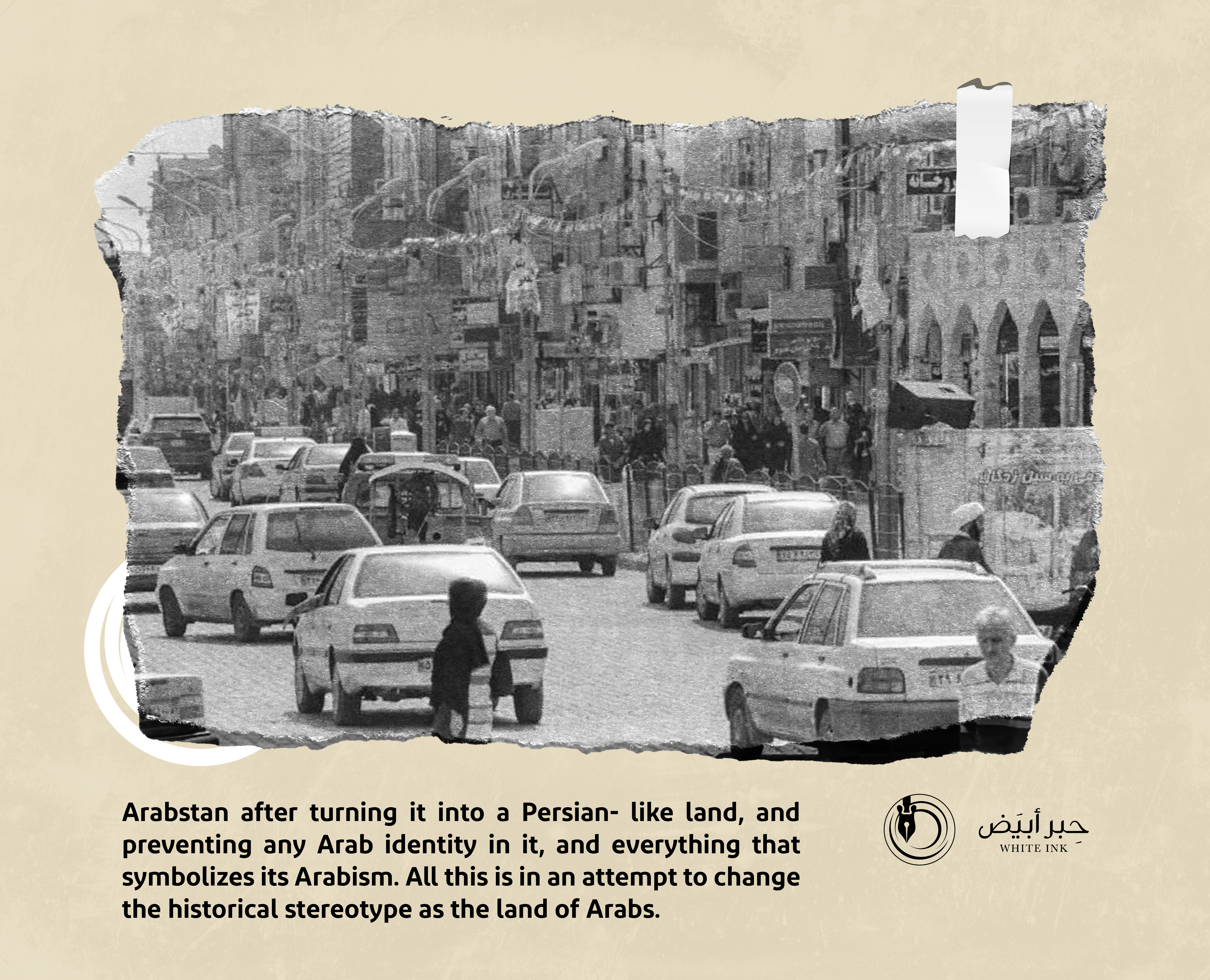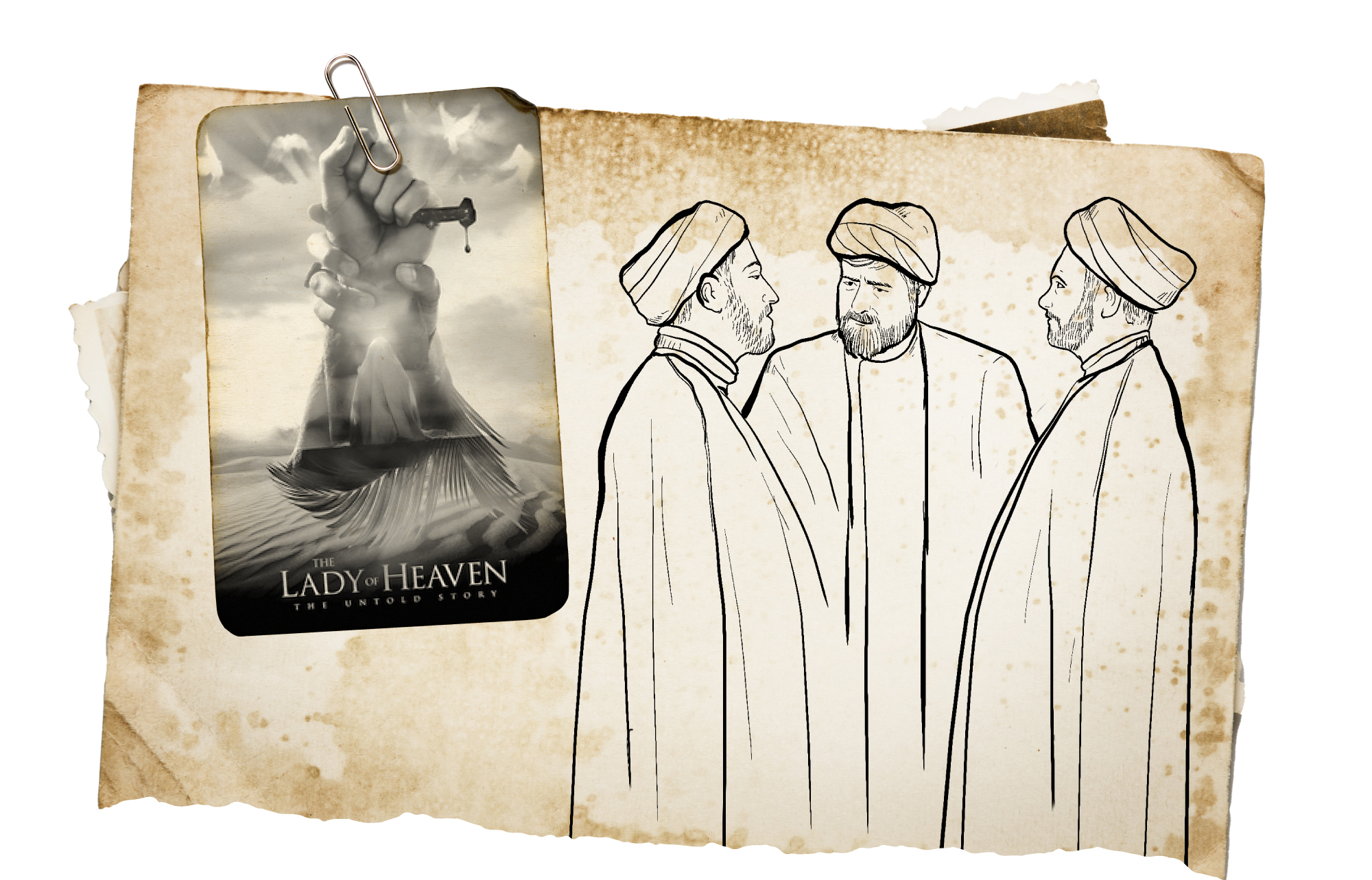
Within the Persian Forgery Agenda
The movie of (The Lady of Heaven), which is offensive to Arabs and Muslims and is supported by the mullahs of Iran
Through Persian literature, the Iranians attached the most horrible attributes to the Arabs with the intention of defaming and slandering the Arabs centuries ago. Therefore, you can note that matter through the reading of ancient Iranian literature expressed by their famous writer Al-Ferdowsi, one of their oldest poets who wrote in Persian, and whose work lasted for three decades in an attempt to compete with the Arabic language, the language of the Holy Qur’an and true Islam.
To this day, the Persians are proud of the national epic of their country, which was written by Al-Ferdowsi, despite the intolerance and racism attacks it contained against the Arabs. The truth is that the approach followed by Al-Ferdowsi and other Persian nationalist writers relied on sending direct implicit messages offensive to the Arabs showing them in a bad stereotype image through false stories, myths, fables, novels and false poetic epics, which are only out of their hateful Magian imagination.
This racist legacy was strongly reflected in the formation of the Persian mentality that hates the Arabs and hates Islam, even if they claim it. The Magian spirit represented in populism and racism has been inherited for centuries and it is full of Magian hatred that despises the Arabs and exalts the Persians in history.
Whoever recalls history in the Islamic era, from the time of the Rightly Guided Caliphs and the subsequent Islamic eras until the modern era, will find that the Magian Persians had followers who showed Islam and kept Magianism secret. They were not satisfied with that, but sought to receive or summon any invader against the Arab Islamic State. There are countless examples in our history, starting with the assassination of the Rightly Guided Caliph Umar Ibn Al-Khattab, may Allah be pleased with him, and the ignition of revolutions against the Umayyads, and ending with the collapse of the Abbasid state by the Mongols after the betrayals committed by Nasir Al-Din Al-Tusi and others. In the modern era, the Safavids welcomed the Portuguese colonialism, and later the Dutch, in order to fight the Arabs and invade their countries. When the British came, the Iranians were among the sincerest supporters of their colonialism. They found in the Persian spirit what they wanted to achieve their expansionist goals in the Arab region.
The Magians are still cooperating with the West against the Arabs and Islam, as their ancestors did before. They follow the same approach in terms of methods of lying, slander, and distortion of Islam, which was revealed to the Prophet Muhammad, may Allah bless him and grant him peace. At that time, the first Islamic society was formed, which was an ideal society in the history of the world. In that society, the generation of the Companions and their Successors succeeded in spreading Islam in the world with wisdom, exhortation and good role model.
The hidden Iranian hatred, which claimed Islam, prompted the mullahs of Iran, who hate everything that is Arab and Islamic, to pay fifteen million dollars to produce a movie entitled “The Lady of Heaven” in 2021. The stars and actors of this movie are English and it was prepared by “Enlightened Kingdom”, one of the largest English cinematic companies. The aim of the movie is to offend true Islam and highlight the false and distorted Islam from centuries ago by the Magians with the intent of distorting the House of Prophethood, the Wives of the prophet and the Companions, may Allah be pleased with them all, with ugly, unreal descriptions that we cannot mention. All of this is done by showing them falsely in bad situations and ugly shapes. Through this, Iran aims to spread a falsely and fabricated ideology to demonize the Wives of the prophet and the Companions, describing them as traitors, and thus showing to the West a bleak image of the Islam and the Arabs.
The Republic of Iran funded the movie of (The Lady of Heaven) with 15 million US dollars, with the aim of distorting the global stereotype image of the Arabs and Islam.

This savage campaign was led by the mullahs at a time when Iranian society is in a state of moral, social and economic collapse due to widespread poverty, drugs and insecurity. Millions of dollars are spent to spread hateful sectarianism against the Arabs. This movie coincides with the campaigns of the Persians against everything that is Arab.


- Abu Al-Qasim Ferdowsi, The Shahnameh: The Great Epic of the Persians, translated by: Samir Malti, 2nd edition (Beirut: Dar Al-Ilm Li’l-Malayyin, 1979).
- A group of news websites about the movie of (The Lady of Heaven).
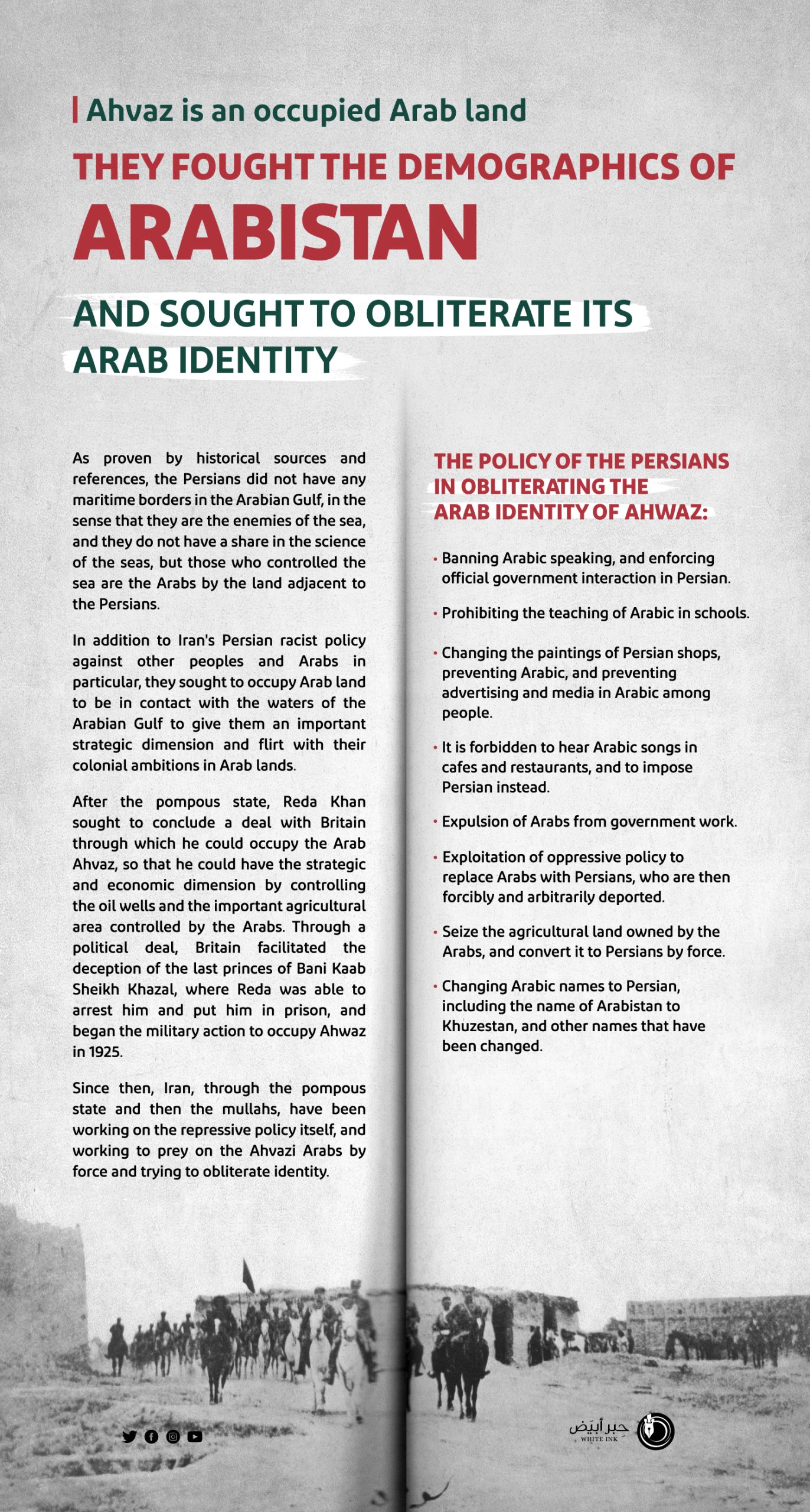
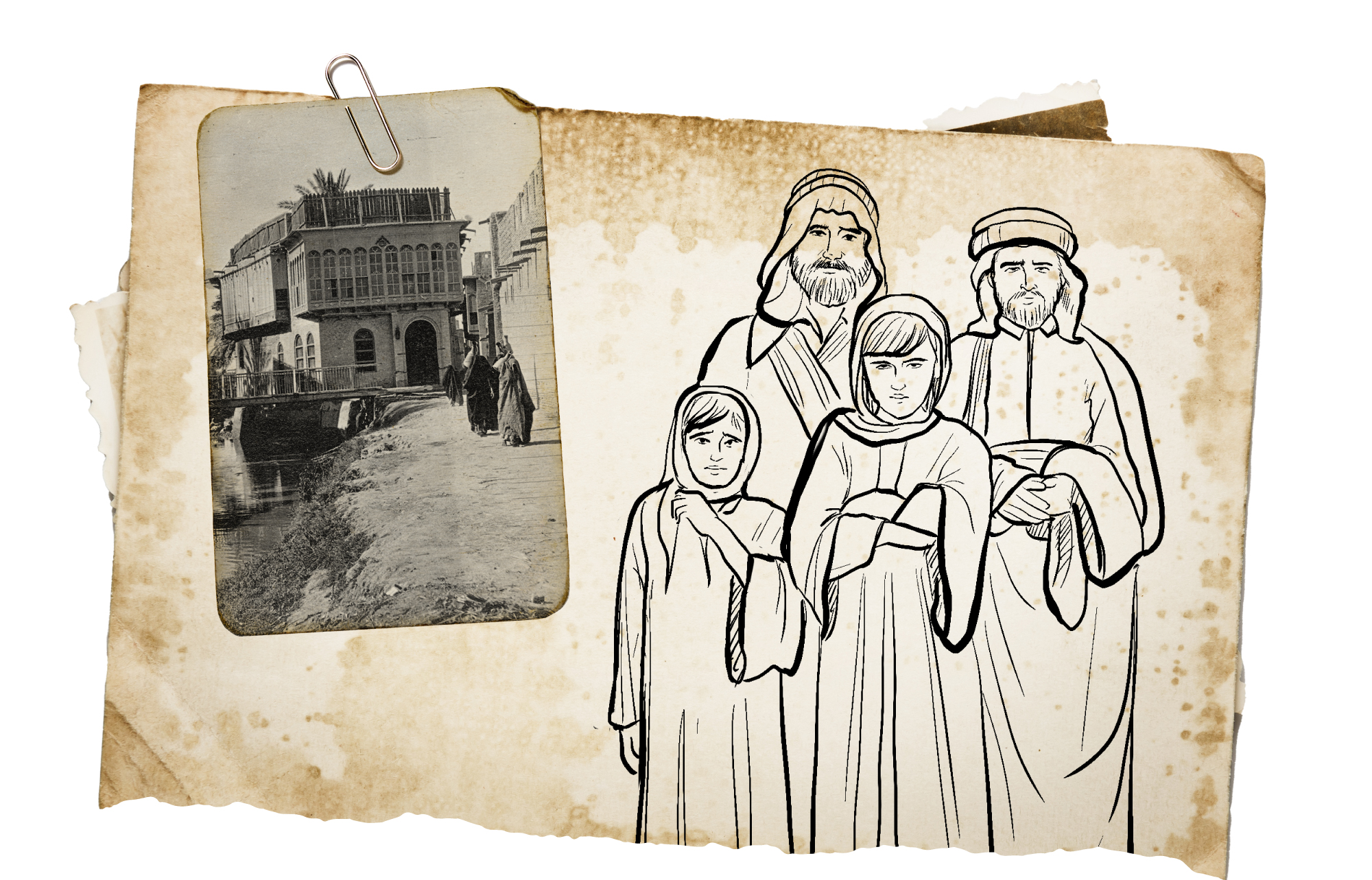
The Persians worked to obliterate the Arab identity of Al-Ahwaz
Arabistan underwent a systematic process of Persianism in order to distort its ethnic structure
It has become a given that the Iranian mullahs’ strategy aims to achieve two seemingly contradictory basic goals, but they are capable of coexistence and mixing according to the perception of the Iranian political decision-maker. The first goal is based on the victory of the Persian race and its valorization and fortification (the purity of the Aryan race). As for the second goal, it is expansion at the expense of other ethnicities, and then working to erase the original race in favor of the “new race”.
Monitoring Iranian activity in the regions or countries that the Persians have subjugated to their influence shows that Tehran’s politicians are continuing to implement this strategy, with varying levels of implementation according to the complexities of each political and social environment separately.
The entry of countries such as Syria, Iraq, Lebanon and Yemen under the influence of Iran does not mean that there are no resistance movements to the Persian presence there, although the first attempts to change the ethnic environment and demographic structure have actually begun in these countries. On the other hand, the Arab region of Al-Ahwaz was subjected to a systematic Persianism process that tried to distort the ethnic structure there and eliminate the Arab component by trying to obliterate the Arab identity by using a malicious racist policy that Iran has worked hard to implement for nearly a century.
In this context, Al-Ahwaz remained a constant target in the strategy of the mullahs, who were waiting for some subjective and objective conditions to be created to subject Al-Ahwaz to the Iranian occupation. If the internal conditions paved the way for the Iranians to control Al-Ahwaz, the external conditions contributed to this fate, especially with the emergence of Reza Khan, that leader with ultra-nationalist tendency who intended to annex every part passed by the Persian armies to his country, so Arabistan was an easy victim of his ideas.
Whoever monitors the development of political events in the region will be certain that the subjugation of Al-Ahwaz on the one hand and the three Emirati islands on the other hand to the Iranian occupation has changed the balance of power in the region. If we have explained the strategic importance of the Emirati islands, Arabistan is no less important than it if we consider its demographic importance (with more than 12 million people) as well as its importance in the field of energy (85% of Iran’s energy needs come from Al-Ahwaz). We can add to this that Arabistan supplies Iran with more than 75% of its electricity needs, without talking about other materials such as wheat and dates.
The strategic importance of Al-Ahwaz is no less than the three occupied Emirati islands.

It can be said that the independence of Al-Ahwaz from Iran is a terrifying nightmare for the mullahs, given the aforementioned details. Perhaps it is obvious to extrapolate the catastrophic economic changes to Iran without Al-Ahwaz region, as it will turn into a very normal country after some influencers in the American decision-making classified it as an important “geopolitical axis” that must be strengthened and supported to confront Chinese expansion.
The Persians despised the Arabic language and considered it a strange component to Iran. Even Khomeini, who studied fifteen years in Iraq and mastered the sciences of the Arabic language, preferred Persian language over Arabic language. The Ahwazi repeat the story of a delegation visiting Iran to congratulate Khomeini on the success of the revolution, but when they spoke to him in Arabic, he became angry and answered them in Persian: You are Iranians and you do not have the right to speak another language. He requested an interpreter despite his good knowledge of Arabic.
In this regard, Tehran developed a precise strategy for the Persianism of the region. Firstly, it changed the name of the region from Arabistan to Khuzestan in order to obliterate the Arab character of it. The Persians also changed the names of cities, villages, neighborhoods, streets, rivers, mountains, and sites by naming them with new Persian names, despite the absence of any Persian source or names to these regions until the occupation of Al-Ahwaz in (1925 AD).
In order to further obliterate the Arab identity of Al-Ahwaz, the Iranian cabinet decided to cancel education in the Arabic language, close private Arab schools, and prevent speaking or giving speeches in Arabic language on all occasions. This procedure included all the lands of Al-Ahwaz. The Iranian government also prevented translation from and into the Arabic language in the courts, and thus placed the biggest obstacle in front of the Arab citizen in Al-Ahwaz to guarantee his rights in the courts.
Through what has been explained above, I agree with what Dr. Talal Al-Turaifi said. He mentioned that “Al-Ahwaz (the occupied) is an issue that is no less important than any other Arab issue for the Arab world. Unfortunately, this issue was forgotten in periods of modern and contemporary history due to other Arab issues, and the media did not give it the required importance as a main Arab issue”.
The Ahwazi issue should be the issue of all Arabs on the grounds that it is independent and has its own rights. The return of these rights to their owners will have positive repercussions and will change the political and strategic power in the region.


- Ibrahim Al-Obeidi, Al-Ahwaz: A Stolen Arab Land (Baghdad: Dar Al-Hurriya, 1980).
- Khairallah Talfah, Al-Ahwaz Arab region (Baghdad: Dar Al-Hurriya, 1982).
- Abd Al-Karim Al-Jubouri, an English traveler writes about the Arabism of Al-Ahwaz, Al-Dustour Magazine, Issue. 26, London (1981).
- Mustafa Al-Najjar, The Political History of the Arab Emirate of Arabistan 1897-1925 AD (Cairo: Dar Al-Maaref, 1970).
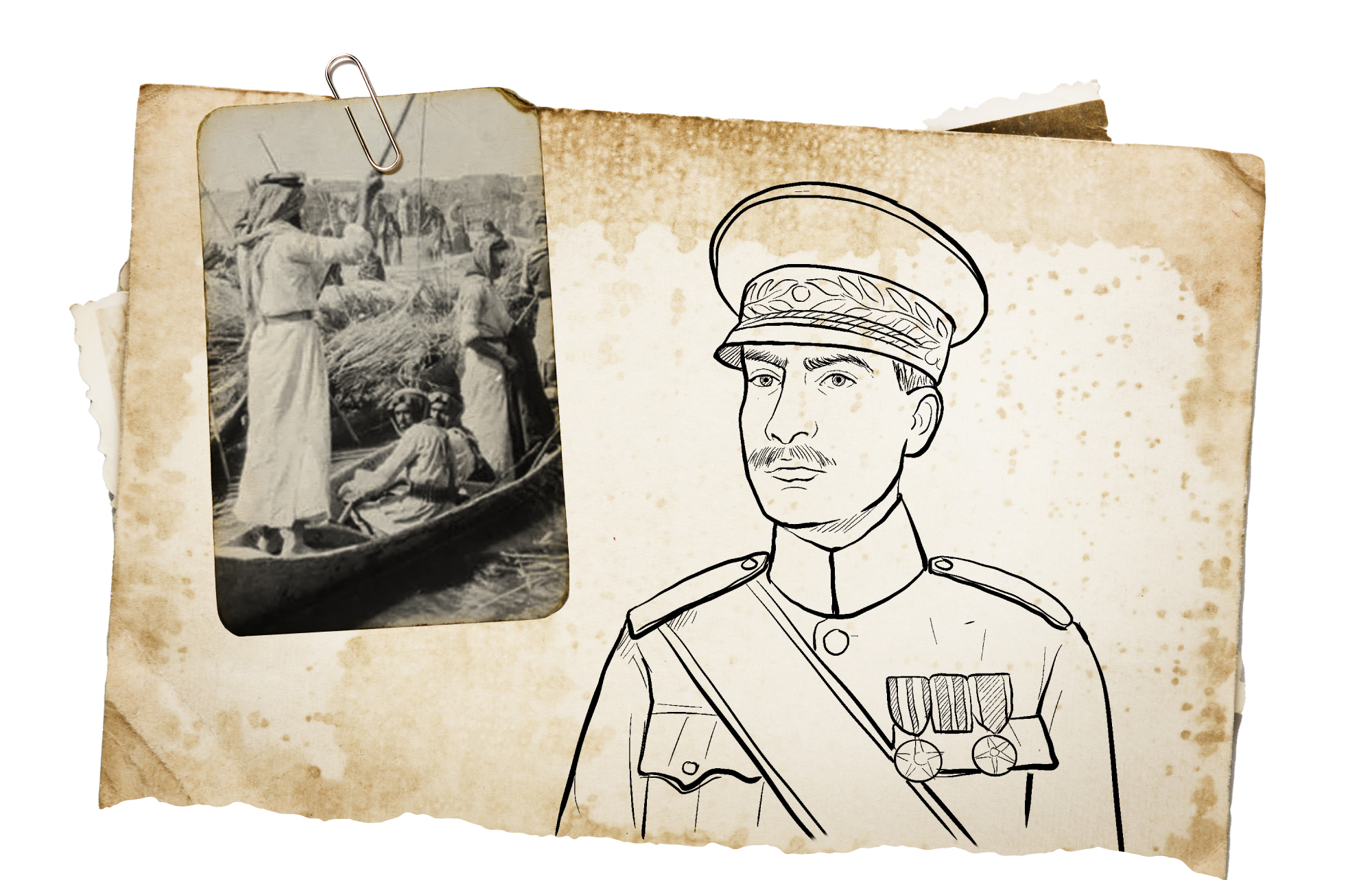
The Ahwaz, an Arabic land occupied by the Persians at the beginning of the twentieth century.
Reza Khan Pahlavi ended the Ka’bai state in Arabistan with an international conspiracy in the year (1925 AD).
The events of history, throughout its various eras, testify to the continuity of Persian Iranian ambitions in the Arab region.
Perhaps these ambitions subsided somewhat with the Arab Islamic conquest of Persia, but they soon returned to it again forcefully, especially after the weakness of the Abbasid state, and then the establishment of the Iranian Safavid state in the sixteenth century.
The story of Iran’s violation of the Arabic Ahwaz in the twentieth century is an important chapter in this regard at the beginning of the twentieth century.
The Ahwaz is located in the northern Arabian Gulf region to the east of the city of Basra.
The Ahwaz is an authentic Arabic region, in which several Arabic countries have been established throughout history, perhaps the most important of which was the Mosha’sha Sultanate between the years (1436-1724 AD), its capital was the city of the Hawiza.
This state was followed by another Arabic Emirate, which is the Ka’abi state that continued to rule the Ahwaz until the year (1925 AD).
The famous Iraqi historian Mustafa Abdul-Qader Al-Najjar studied the last stage in the rule of the Ka’abi state in the Ahwaz (Arabistan, meaning the country of the Arabs).
The historian came out with important and dangerous results about Britain’s collusion with Reza Shah Pahlavi, the Emperor of Iran in the year (1925 AD), based on documents and historical facts, allowing Iran to invade and annex the Ahwaz.
This deal was part of mapping the Middle East in the post-World War I world.
Iran’s interest in the occupation of the Arabic Ahwaz is due to its strategic importance. The Ahwaz is located on the eastern coast of the Arabian Gulf, in addition to its neighborhood with Iraq. Iran has a constant desire to interfere in Iraqi affairs.
The economic dimension is no less important than the strategic dimension in the matter of Iran’s seizure and occupation of the Ahwaz. This is because the Ahwaz region is characterized by its richness in oil. In fact, most of the Iranian oil and gas is extracted from the Ahwaz region.
The region of the Ahwaz is also characterized by the productivity of its lands, due to the Karun River. The Ahwaz is also the main supplier of corn and sugar to Iran.
Since Iran’s violation and annexation of the Ahwaz to it, the policy of (Persianization) began in the region with an attempt to erase the Arabic identity of the Ahwaz.
This began with changing the historical name of the region of “the Ahwaz” and giving it a Persian name, “Khuzestan”, meaning the country of castles and fortresses, in reference to the castles and forts built by the Arab conquerors in the region.
The Iranian administration also attempted to forcibly obliterate the Arab identity from the memory of new generations. For example, they changed the Arabic name of the famous city (Muhammarah) and gave it a Persian name, (Khorram Shahr). They also changed the name of the main street in the city of Muhammarah, which was known as “Khaza’li Street”, in relation to Sheikh Khaza’l, to a Persian name, “Pahlavi Street”.
This is in addition to changing the names of famous historical ports. For example, they changed the name of Khor Abdullah Port to Port of Bandar Shahpur.
It was not limited only to the persianization of names by obliterating the Arabic memory, but the matter extended to completely erasing the Arabic identity in the region by banning teaching in the Arabic language and imposing the Persian language in schools.
The Iranian authorities also worked to publish Persian newspapers in the Ahwaz.
Iran was not satisfied with that but resorted to a policy of demographic change in the demographics of the Ahwaz, by seeking to transfer many Arabs out of the region and replace them with Persian elements.
The policy of racial discrimination in the Ahwaz led to the discontent of the Arabs and their striving to assert their Arabic identity.
And this began during the Shah’s era. The voices defending the Arabism of Al-Ahwaz rose, especially after the establishment of the Arabistan Liberation Front in (1956 AD).
The sources indicate that the Israeli Mossad cooperated with the Shah’s regime in revealing the names of the leaders of this front and liquidating them.
Arabistan is the land of oil and the food basket on which Iran relies. Its occupation is a Persian strategy to erase Arabic history on its land and exploit its resources.

The Arabic rejection of the policies of racial discrimination and the impoverishment of the Ahwaz continued during the era of what is known as the Islamic Republic.
The largest uprisings in the Ahwaz region took place in 2005 against the policy of displacing and deporting many Arab elements from the region.
Amnesty International als observed in the year (2012) that some Ahwazi people were subjected to unfair trials “because of their work for the benefit of the Ahwazi Arab minority”. Strange charges were directed against them, such as “enmity to God and corruption on earth”, which are charges that carry the death penalty.
The latest report of Amnesty International (2022) on freedoms and the situation of minorities is the best evidence of the Iranian regime’s continuation of the policy of racial persecution against the Ahwazi Arabs. Recalling the report:
“People belonging to ethnic minorities such as Ahwazi Arabs and others have been subjected to unfair discrimination that limits their opportunities for education, work, and taking up political positions. Despite repeated calls for linguistic diversity, the Persian language has remained the only language for learning at the primary and secondary levels”.


- Ibrahim Al-Obaidy, the Ahwaz, Stolen Arabic Land (Baghdad: Dar Al-Huriya 1980).
- Khayr-Allah Talfah, the Arabic Ahwaz, Baghdad, Dar Al-Huriya 1982).
- Abdel-Karim Al-Gabouri, “an English traveler writes about the Arabism of the Ahwaz”, El-Dostor Magazine, issue 26, London (1981).
- Mustafa Al-Najjar, The Political History of the Arabic Arabistan Emirate 1897-1925 AD, (Cairo, Dar Almarif 1970).
- Amnesty International report on freedoms and minorities for the year 2021-2022.





